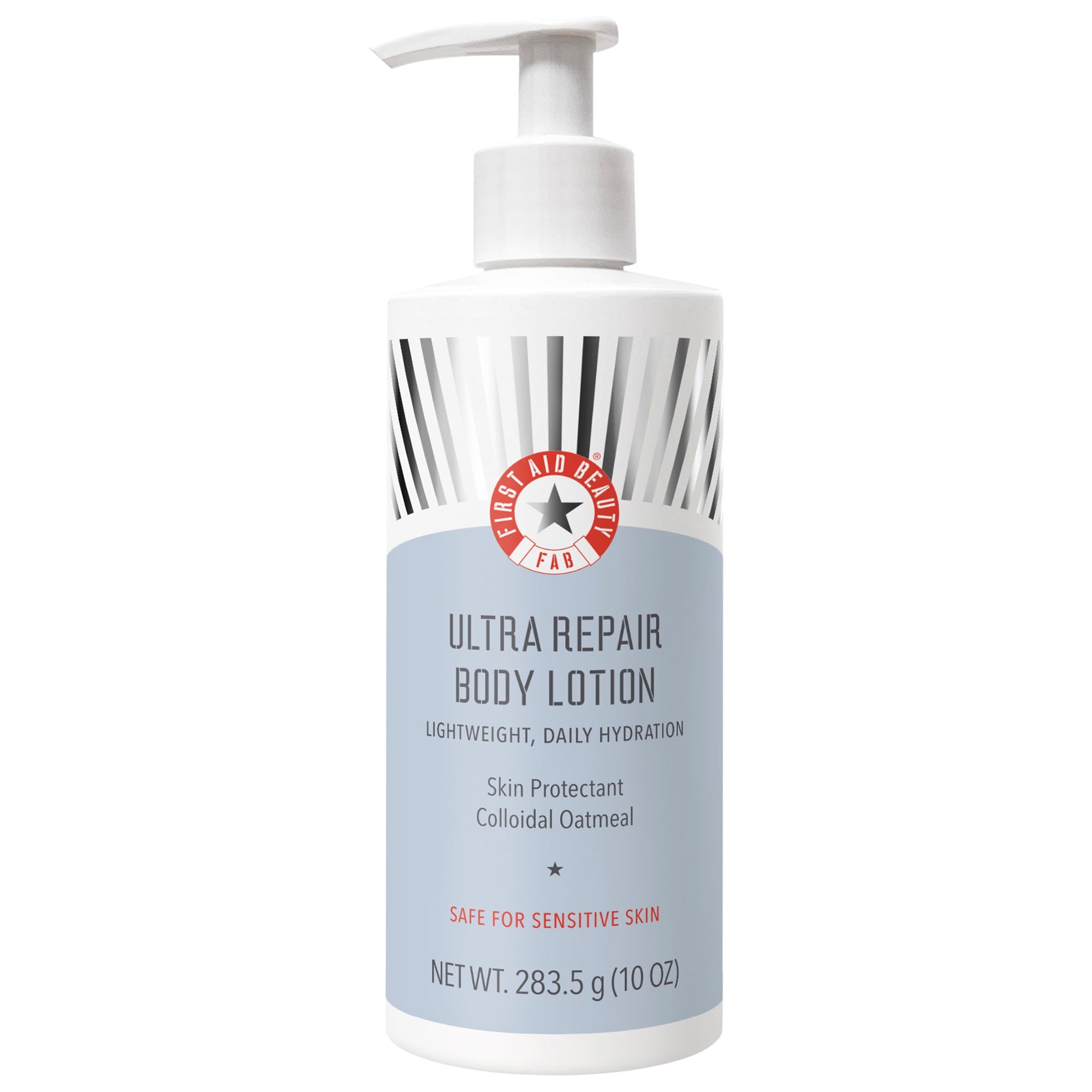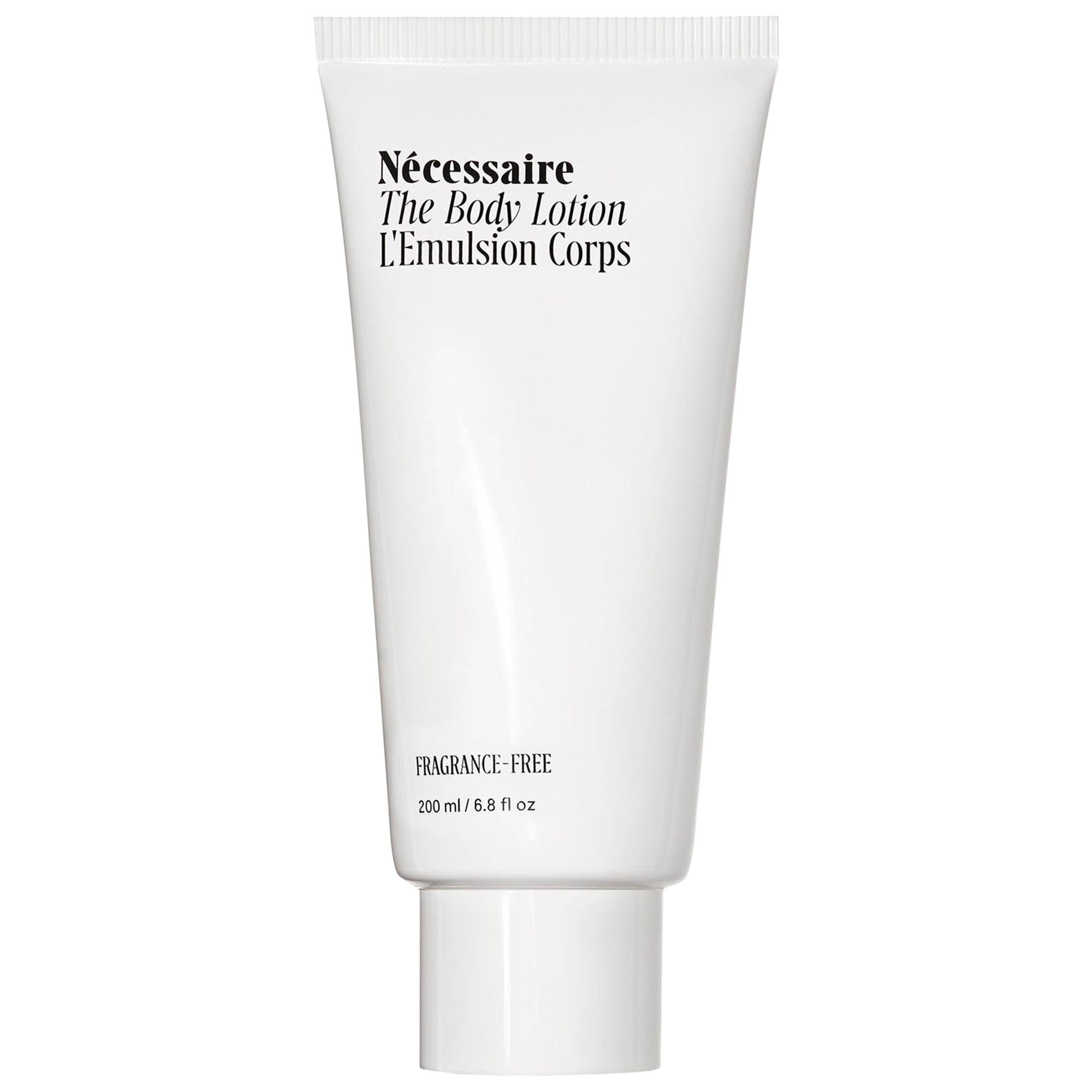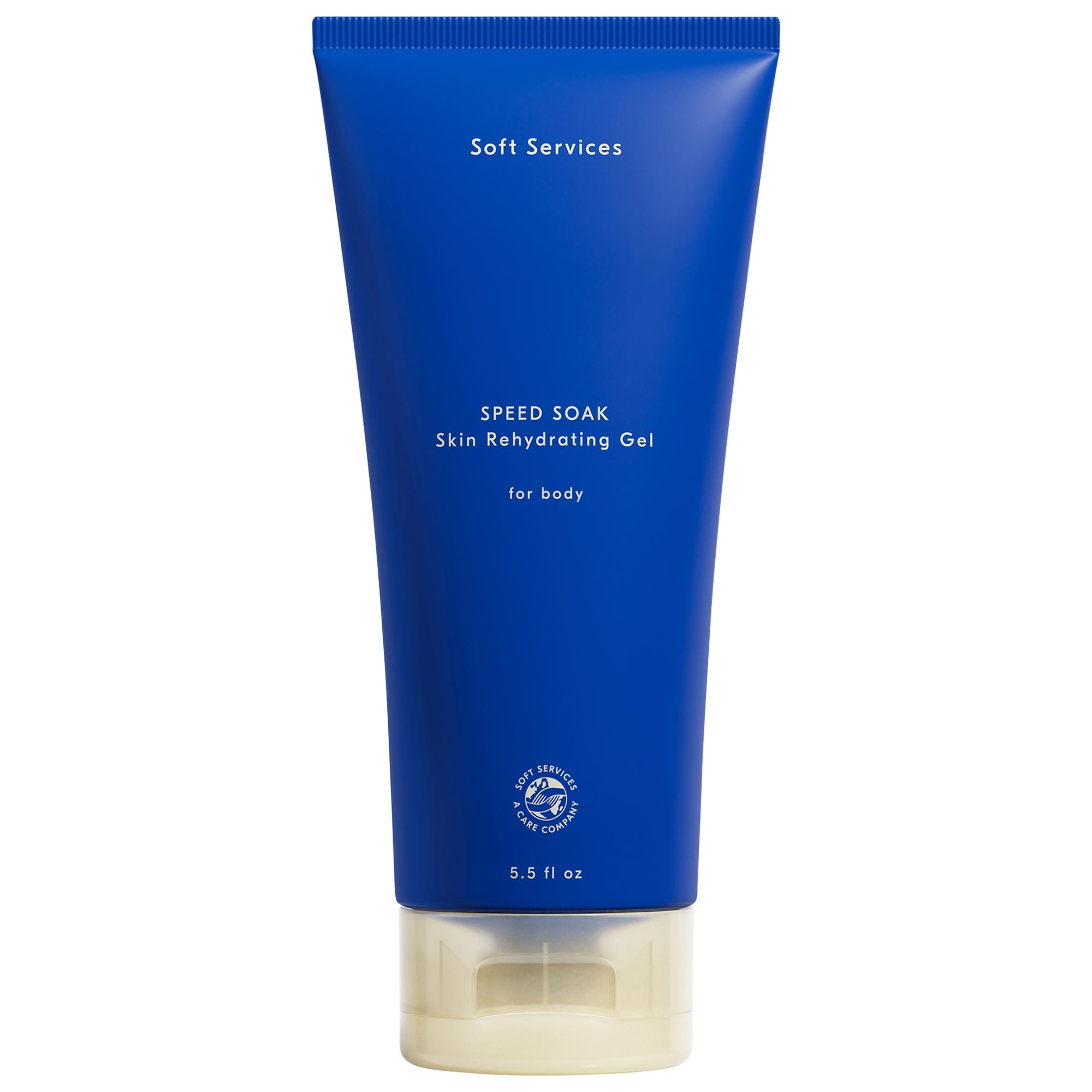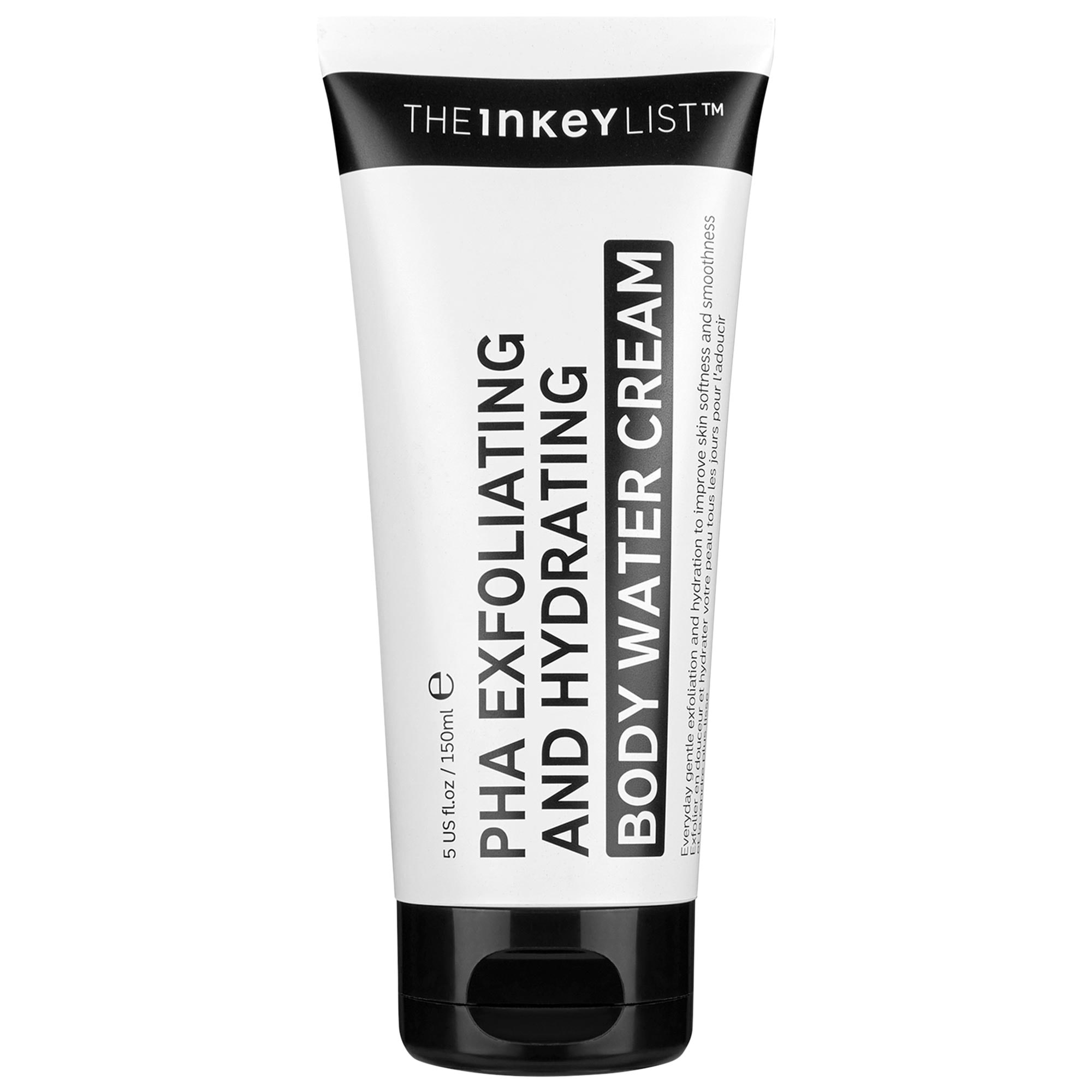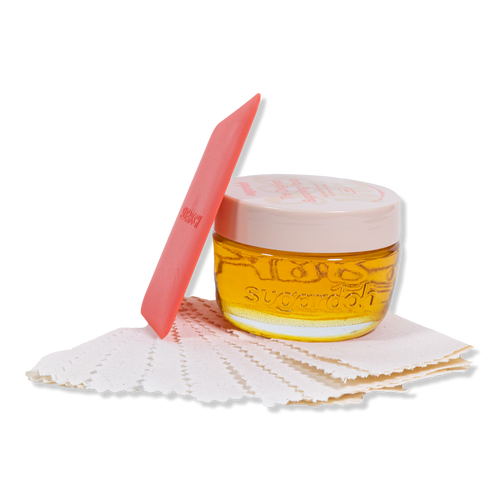What Is Sugar Waxing? Everything to Know, According to Experts
Don't sleep on this virtually painless hair removal method.


- What Is Sugar Waxing?
- How Is Sugar Waxing Different From Waxing?
- What Are the Benefits of Sugar Waxing?
- What Are the Downsides to Sugar Waxing?
- What Parts of the Body Can Be Sugared?
- How to Prep for Sugar Waxing
- How Long Should My Hair Be Before Sugaring?
- What Is Proper Sugar Waxing Aftercare?
- How Long Does Sugar Waxing Last?
- How Much Does Sugar Waxing Cost?
- Can You Sugar Wax at Home?
I firmly believe you should do what you want with your body hair. Let it grow and leave it be, or, if you're like me, try every possible hair removal method in existence. I've done shaving, waxing, threading, epilating, laser hair removal, IPL, and, most recently, sugar waxing.
The technique is similar to waxing, but sugaring uses a simple mixture of sugar, water, and lemon juice to remove the hair at the roots instead of popsicle sticks and hot, sticky wax. The ingredients are mixed into a gooey, room-temperature paste and applied to the skin against the direction of hair growth. When rolled back, it uproots the unwanted hair, explains Jodi LoGerfo, DNP, NPRN, and hair specialist.
It’s definitely not a sweet treat, but the benefits—like smoother skin, fewer ingrown hairs, and longer-lasting results—often make it worth the discomfort. Plus, with regular sessions, the process becomes quicker and less uncomfortable. While sugaring is less popular than other hair removal methods, it is gaining traction—according to Spate, sugaring averages 161.4k monthly searches and 19 million weekly views on TikTok.
Below, three experts discuss everything you need to know about sugaring: how it differs from waxing, how to prep your skin, and what risks to keep in mind before making an appointment.
What Is Sugar Waxing?
Sugar waxing (a.k.a. sugaring) is an ancient Egyptian technique using water-soluble sugar paste to remove unwanted hair. Courtney Claghorn, founder of the popular sugaring studio Sugared + Bronzed, explains that the technique involves a simple mixture of sugar, water, and lemon juice. The sugar paste is applied against the direction of hair growth and then flicked off in the natural direction of growth, extracting the hair from the follicle.
How Is Sugar Waxing Different From Waxing?
Natural Ingredients
According to Claghorn, people often think waxing and sugaring are the same, but there are many differences that make sugaring a better option for some people. For one, sugar paste is made from 100% natural ingredients—just sugar, lemon, and water. In contrast, wax is often a mixture of ingredients like beeswax, resins, lubricators, chemical additives, and paraffin, which is a byproduct of petroleum manufacturing and not as environmentally friendly.
Get exclusive access to fashion and beauty trends, hot-off-the-press celebrity news, and more.
Less Abrasive
As Claghorn explains, “Sugaring is gentler on the skin and great for sensitive skin because it’s less abrasive, applied at body temperature (not hot like wax), and the hair is pulled in the direction of growth, leading to less breakage—and fewer ingrown hairs.” She also notes that sugaring is more hygienic since each sugar ball is applied with a clean glove, without the need for sticks or redipping.
Easier to Clean
Another benefit to sugar waxing is that the mixture is is water-soluble, making it easy to wash off with warm water. Dr. LoGerfo notes that traditional waxing can often leave a film on the skin that may require additional cleansing. This can increase the risk of irritation or redness, especially due to the heat and the more adhesive nature of the wax.
What Are the Benefits of Sugar Waxing?
Sugaring is gentler than waxing and is particularly beneficial for sensitive skin types, as it is all-natural and hypoallergenic. "Unlike conventional waxes that may contain harsh chemicals and additives, sugar wax is gentle and less likely to irritate sensitive skin," Dr. LoGerfo explains. The technique can also be easily used on various areas of the body, from legs to underarms, and even the delicate bikini area.
Claghorn adds that the sugaring process results in fewer ingrown hairs and is especially helpful for individuals with coarse or curly hair or those prone to ingrowns. Over time, it also exfoliates the skin and helps refine hair growth.
What Are the Downsides to Sugar Waxing?
One of the primary challenges of sugar waxing is that, although it seems straightforward, achieving the perfect consistency for the wax can be tricky, says Dr. LoGerfo. “If it’s too soft, it won’t adhere well to the hair; if it’s too hard, it can be difficult to work with. This can lead to less effective hair removal and potentially more discomfort during the process. It may take a few tries to get it just right, which can be frustrating.”
There’s also the potential for skin irritation. Although sugar wax is made from natural ingredients it may still cause redness or bumps, especially if you're not seeing a sugaring expert. “Sugaring, like any form of hair removal, can cause some discomfort, especially for those new to it," says Claghorn. While temporary redness or irritation can occur, it typically fades quickly.
Finally, just be aware that sugaring is a time-consuming process. Dr. LoGerfo adds that although sugar waxing may seem like an easy, quick fix, the preparation and cleanup can take a while. "You must dedicate time to making the wax mixture, applying it, and cleaning it up," she says. "Even though sugar wax is easier to clean than traditional wax, it can still create a mess, especially if you’re working in a tight or less-than-ideal space.”
What Parts of the Body Can Be Sugared?
“You can sugar wax any area of hair that you would typically wax with traditional wax,” says board-certified dermatologist Nazanin Saedi, MD FAAD. However, Dr. LoGerfo adds that sugar waxing is ideal for larger areas like legs and arms. The technique provides polished, sleek results, leaving your skin soft and supple. It’s also great for the bikini area, as “it allows for precise application and is ultra-gentle, which can help reduce discomfort—[which is] especially important for this sensitive area.”
Sugar waxing isn’t just for body hair; it can also be used on the face to remove peach fuzz or beards. “The sugar wax paste is so gentle; it helps prevent irritation and redness on the delicate skin of your face, leaving it velvety soft,” says Dr. LoGerfo.
How to Prep for Sugar Waxing
Before sugaring, it’s important to start prepping your skin about two days in advance. “Stop using any actives, like retinoids and acids, a few days before waxing,” warns Dr. Saedi. Claghorn adds that you should avoid sun exposure, tanning beds, and saunas for 48 hours prior to your session to prevent skin irritation. It's also important to drink plenty of fluids to stay hydrated.
You'll want to exfoliate a day or two in advance to remove dead skin cells and help prevent ingrown hairs. A gentle scrub or loofah in the shower works well, but be careful not to over-exfoliate or aggravate your skin. Wash thoroughly with a mild cleanser, and avoid applying creams, lotions, toners, or serums, as these can prevent the wax from adhering properly.
On the day of your sugaring, ensure your skin is clean and free of any products. Claghorn suggests wearing loose-fitting clothing to avoid irritation and limiting caffeine intake to reduce skin sensitivity.
While many people don’t find sugar waxing too painful, everyone’s tolerance varies. If you have sensitive skin, “you can try an over-the-counter topical anesthetic cream (typically applied 15-30 minutes before waxing) to make the process more comfortable,” Dr. Saedi adds.
How Long Should My Hair Be Before Sugaring?
The hair you’re removing should be about the length of a grain of rice—long enough for the wax to grip. If the hair is too short, the wax won’t attach properly; if it’s too long, the process can be more inflamed and painful.
What Is Proper Sugar Waxing Aftercare?
After sugaring, it’s important to care for your skin to maintain the best results. Your skin may be sensitive and more susceptible to infection or inflammation post-waxing. For the first 24 hours, Claghorn advises avoiding hot showers, saunas, steam rooms, sun exposure, and excessive sweating. “Stay out of the sun and skip exfoliating for 48 hours to keep your skin looking fresh." If you experience irritation, Dr. Saedi suggests using cold compresses to help ease discomfort.
Once those critical 48 hours are up, you can exfoliate two to three times weekly to help keep skin smooth. Dr. LoGerfo emphasizes that moisturizing is a crucial part of post-wax care. Applying a soothing, mild, hypoallergenic moisturizer helps repair the skin and maintain hydration while also alleviating any dryness or inflammation. Ingredients like aloe vera, chamomile, hyaluronic acid, and calendula are especially beneficial for their anti-inflammatory and moisturizing properties.
How Long Does Sugar Waxing Last?
Dr. Saedi says the time sugar waxing lasts will vary from person to person. Sugar waxing keeps your hair gone much longer than shaving because it removes hair from the root. Typically, waxing results can last three to six weeks, depending on several factors, including hair growth cycles, individual hair characteristics, and waxing techniques.
That said, you can expect hair to grow back slower with sugar waxing when compared to other hair removal methods. Sugaring can last longer than regular waxing because the softer paste penetrates deeper into the pore. “Less breakage from pulling in the direction of growth also allows more hair to be removed from the root," says Dr. LoGerfo. Shaving, on the other hand, only lasts a few days.
How Much Does Sugar Waxing Cost?
Sugaring is typically more expensive than waxing, and the cost can vary depending on the salon and the area you’re sugaring. Prices can start as low as $15 for small areas like the chin and can go up to $400 for full-body treatments, depending on the location and the extent of the service.
Can You Sugar Wax at Home?
Yes, it’s possible to make sugar paste at home using just three simple ingredients: lemon, sugar, and water, or you can purchase an at-home kit. However, Dr. Saedi recommends starting with a professional treatment before trying sugar waxing at home.
If you are going to sugar wax at home, "the most important thing is to ensure that the temperature of the sugar paste is not too hot to prevent burning,” says Dr. Saedi. You should also be aware that at-home results likely will not last as long. “Professionals typically use careful and thorough methods to ensure complete hair removal, which can extend the duration of the results,” Dr. LoGerfo explains.
Meet The Experts

Dr. Nazanin Saedi is a board-certified dermatologist and clinical associate professor at Thomas Jefferson University.

Dr. Jodi LoGerfo is a Doctor of Nursing Practice and a Family Nurse Practitioner certified in Family Medicine and Dermatology.
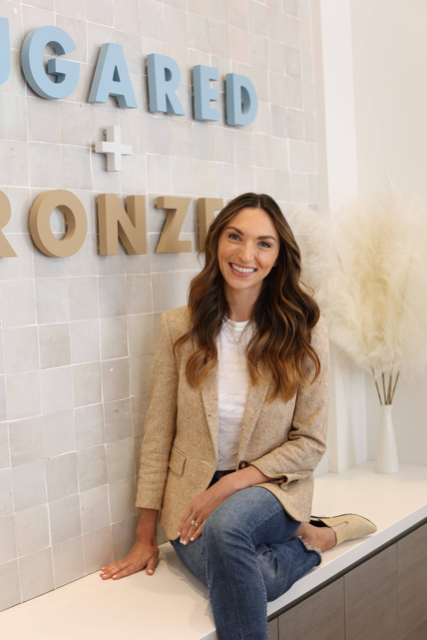
Courtney Claghorn founded SUGARED + BRONZED in 2010 after noticing a gap in the beauty industry for natural, effective hair removal methods like sugaring.

Iman Balagam is a New York-based freelance writer with several years of experience covering the beauty industry. Balagam's writing has been featured in editorial outlets like Cosmopolitan, Teen Vogue, Byrdie, and Harper's Bazaar.
